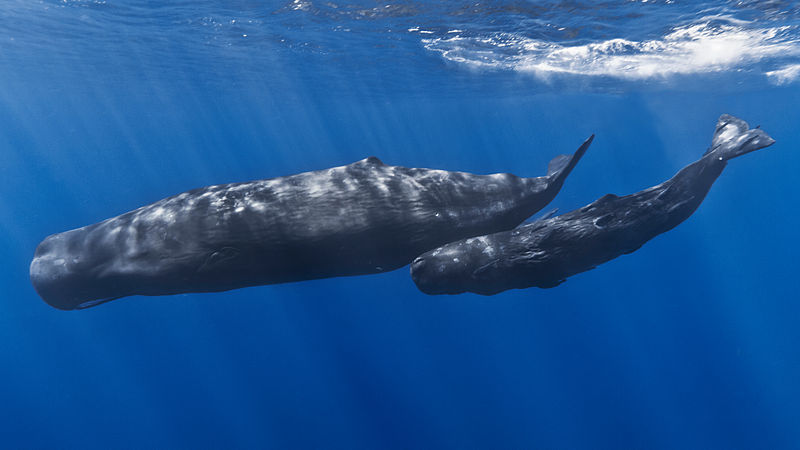Podcast: Play in new window
BOB HIRSHON (host):
Whale suntans. I’m Bob Hirshon and this is Science Update.

Whales can get suntans, as well as skin damage from overexposure. This according to molecular dermatologist Mark Birch-Machin of Newcastle University in England. For instance, his team identified tanning in blue whales, which migrate from the Arctic to the much sunnier California coast.
MARK BIRCH-MACHIN (Newcastle University, U.K.)
And they seem to deal with the problem by increasing their tan.
HIRSHON:
Like humans, they tan by increasing the pigment melanin in their skin. Sperm whales, which spend more time at the surface, not only tan but also have a cellular stress response to ultraviolet light. Another similarity to humans: whales accumulate DNA damage to their skin over time, and may develop lesions as they age. Birch-Machin says that closely monitoring this sort of damage may help scientists track changes in ultraviolet radiation across the entire ocean. I’m Bob Hirshon for AAAS, the Science Society.
